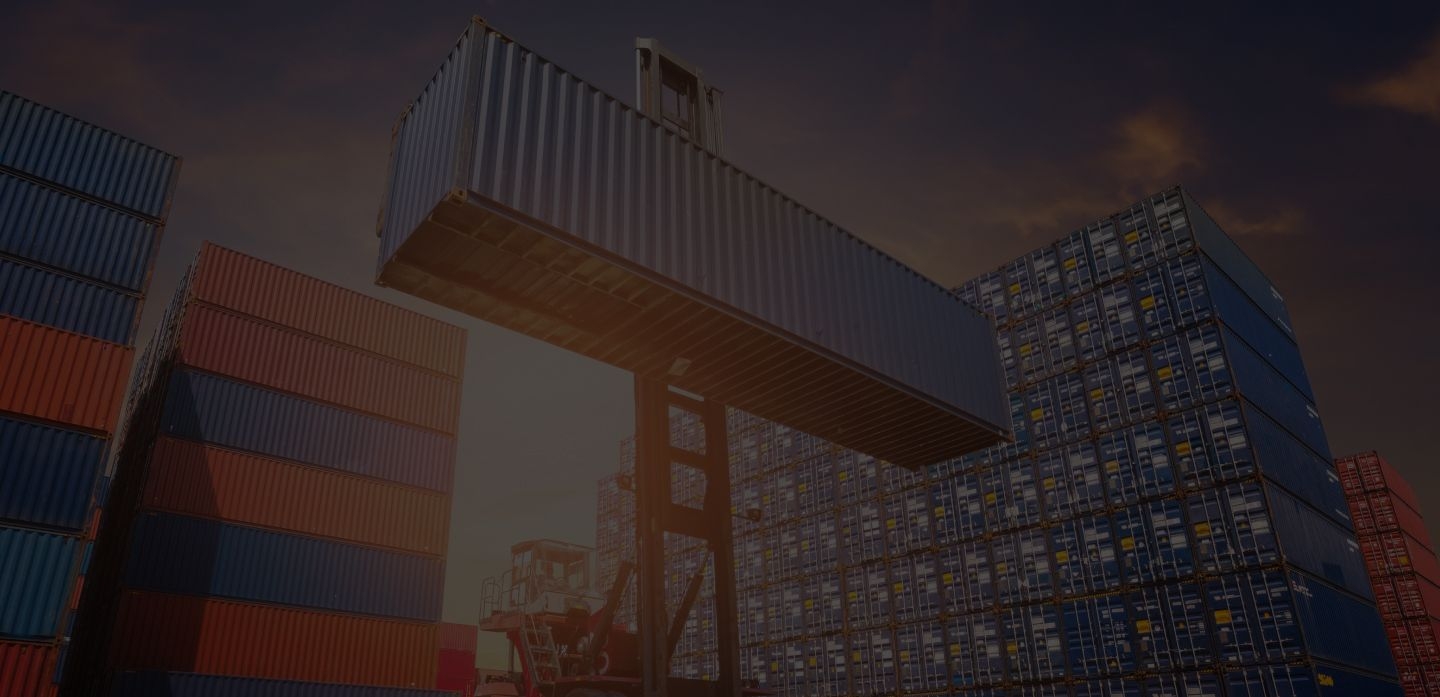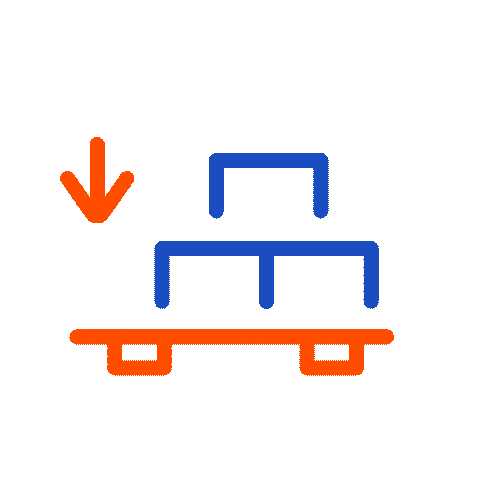
Container Shipping to Brazil — Get Instant Quotes



Why Choose iContainers for Shipping to Brazil?
- Latin America’s #1 gateway. Port of Santos handled 5.4 million TEU in 2024, +14.7 % YoY—an all-time record. (datamarnews.com)
- Nation-wide reach. Direct services into Santos, Rio de Janeiro, Paranaguá, Itapoá & Itajaí feed every industrial belt by road, rail or barge.
- Paperwork made simple. Our platform walks you through Brazil’s SISCOMEX import-licensing and LI/DI filings, slashing clearance delays.
- Real-time tracking & bilingual support (Portuguese/English) from quote to POD.
- Air-freight fallback via São Paulo-GRU and Viracopos (VCP) for just-in-time inventory.
Our Container Shipping Services to Brazil
Full Container Load (FCL)
High-volume shippers land sealed 20', 40' & 40'HC boxes at Santos, Paranaguá or Rio—ideal for soy-based ingredients, meat, chemicals, auto parts and white goods.
Less-than-Container Load (LCL)
SMEs cut freight spend by up to 50 % on loads < 15 m³ via weekly LCL consolidations that devan inside bonded depots at Santos and Itajaí.
Popular mode: FCL dominates agri-bulk and industrial cargo; LCL is booming for Amazon-BR and Shopify sellers.
Key ports / airports served: Santos, Rio de Janeiro, Paranaguá, Itapoá, Itajaí; urgent cargo via GRU & VCP.
Typical cargo: Soy derivatives, frozen poultry & beef, automotive parts, chemicals, consumer electronics. (oec.world)
Transit-time references:
- Shanghai → Santos: fastest direct schedule ≈ 22 days, typical 25–35 days depending on loop.
- Valencia → Santos: ≈ 30–35 days on West-Med–ECSA services.
Country-specific challenge: Port congestion can add 7-10 days during peak coffee & soy export seasons; only 23 % of vessels sailed on schedule in 2024. (freytworld.com)
Alternative option: Air freight (3–7 days door-to-door) for high-value pharma, fashion drops and AOG spares.
Container shipping rates to Brazil
How much does it cost to ship a container to Brazil?
How Long Does It Take to Ship a Container to Brazil?
- East Asia → Brazil South-East: 25–35 days (direct)
- Mediterranean → Brazil: 28–35 days
- U.S. East Coast → Brazil: 18–25 days
Air freight trims door-to-door to 3–7 days via GRU / VCP.
Popular Routes and Ports for Shipping to Brazil
Asia-ECSA loops (e.g., Shanghai › Singapore › Santos) and North-Europe–ECSA services bring weekly capacity into Santos and Paranaguá. Feeder/barge networks push cargo upriver to Manaus and inland by rail/truck to São Paulo, Minas Gerais and Goiás production zones.
Steps to Book Your Container Shipment with iContainers
- Quote: Enter origin, destination and cargo specs for an instant rate.
- Docs: Upload commercial invoice, packing list & HS codes; pre-register LI/DI in SISCOMEX.
- Book & Pay: Confirm sailing and pay securely online.
- Track: Monitor vessel milestones and customs status 24/7.
- Clear: Complete SISCOMEX & ANVISA/MAPA checks (DIY or via our broker).
- Deliver: Arrange final-mile trucking or rail to factory, FTZ or Amazon-BR warehouse.
What Can You Ship in a Container to Brazil?
Common commodities — Soy meal • Frozen beef & chicken • Automotive parts • Chemicals & resins • Electronics • Wine & spirits
Restricted / Prohibited — Used clothing, certain pesticides, counterfeit brands, and hazardous waste without IBAMA license.
FAQs About Shipping Containers to Brazil
Most industrial goods fall under 0–20 % MERCOSUR duty plus ICMS (state VAT) of 7–18 %. Our quote tool estimates both.
Yes—under 15 m³ you avoid paying for unused FCL space, typically saving 40–60 %.
Not mandatory, but strongly advised—add door-to-door cover at checkout.
Secure space 6–8 weeks ahead of February–April to avoid roll-overs and congestion surcharges.